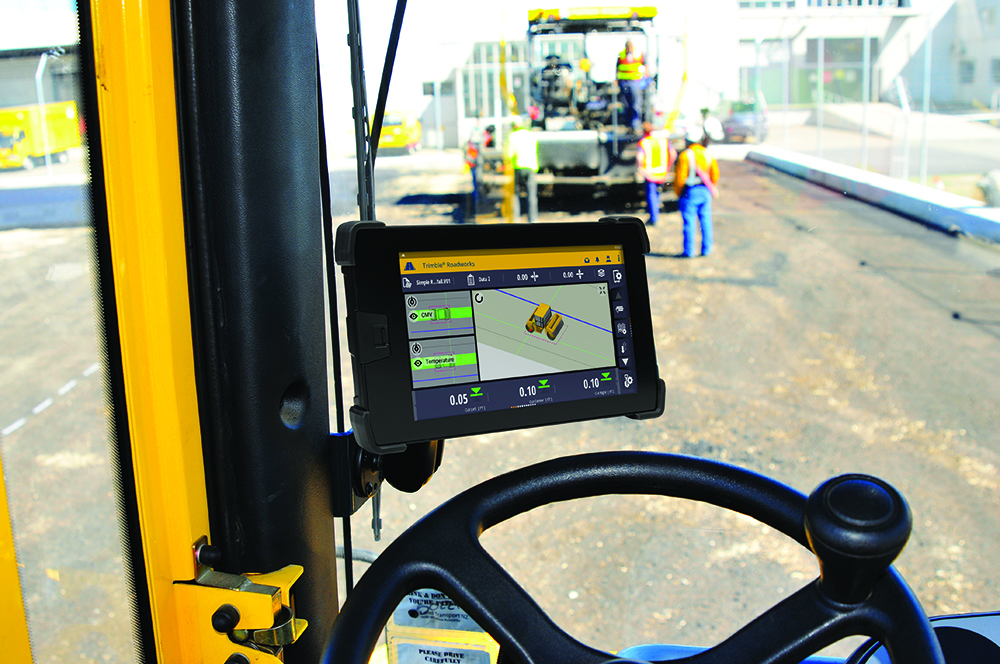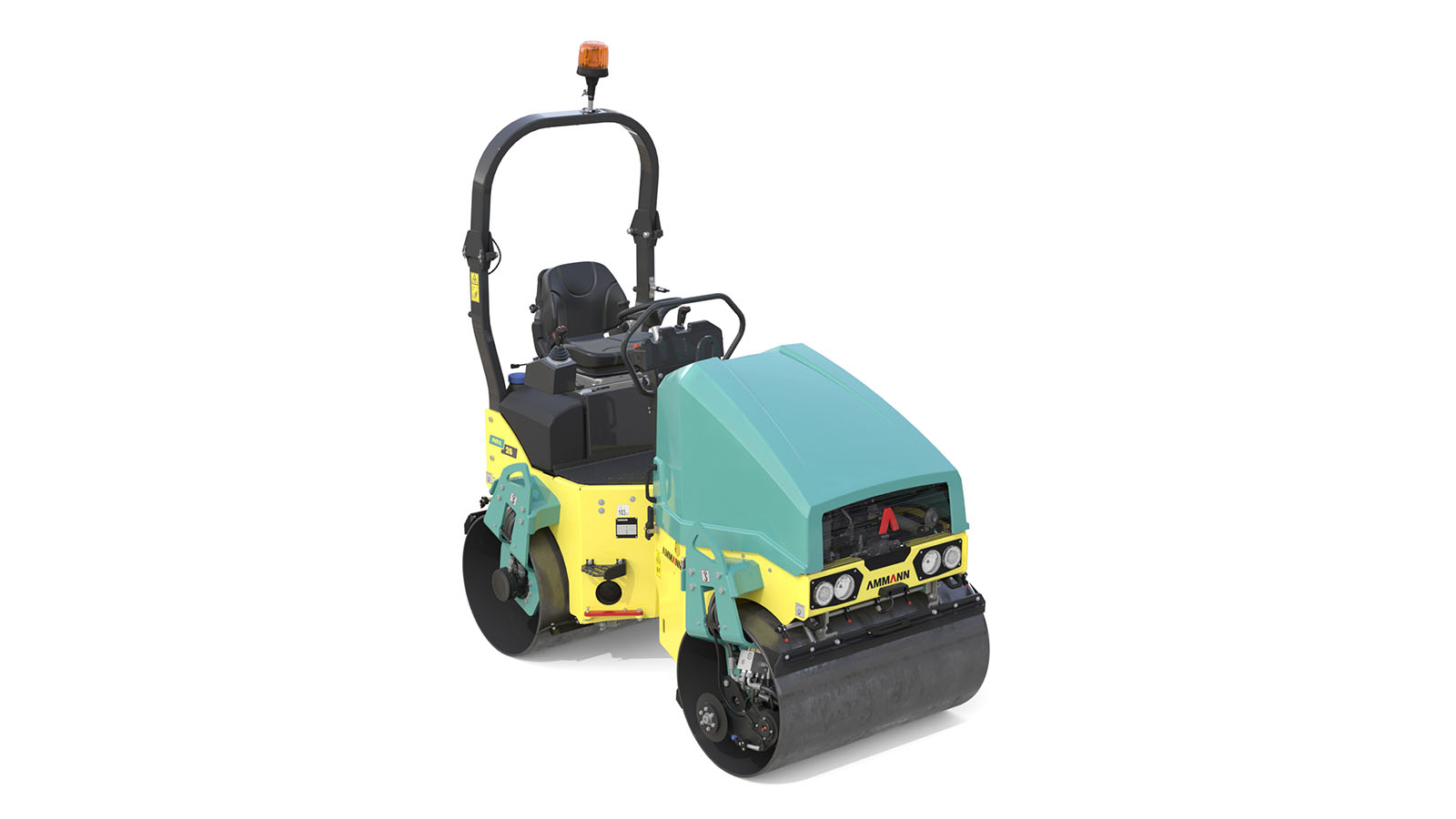Search
Hitachi exhibits demolition site carrier vehicles
“The beauty of it is that the operator can change the bits from within the cab, so it’s quick and efficient, but also much safer,” said Hitachi Construction Machinery (Europe) manager, product development, Bill Drougkas.
The two models are adapted and reinforced to deal with demolition; from the safety perspective, both have demolition-spec cabs.
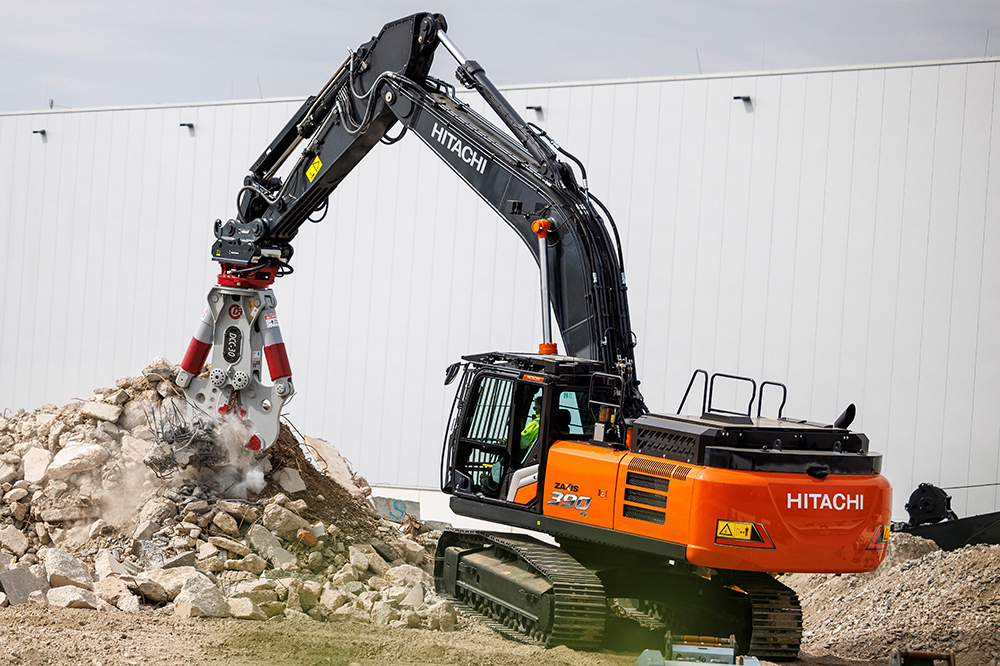

Epiroc V Cutter range grows
Mounting the drums in a V-shape enables a cut with a flat base and no material is left untouched between the drums, says Stockholm-based Epiroc. Where a regular drum cutter has to move from side to side to create an even trench, an approach that causes extra wear on the carrier arm, the V Cutter can reach the same result by going straight. This means the user can dig a more accurate trench much faster, says the company. The V Cutter is said to enable energy savings of up to 40%.
In addition, says the company, compared to a chain cutter operators save more than 40% on picks and up to 50% on maintenance time. The investment is up to 25% lower than for a chain cutter and the lower weight makes it possible to use a smaller carrier.
Epiroc is introducing the latest addition to the V Cutter range, a smaller model suitable for carriers of 15-28tonnes.
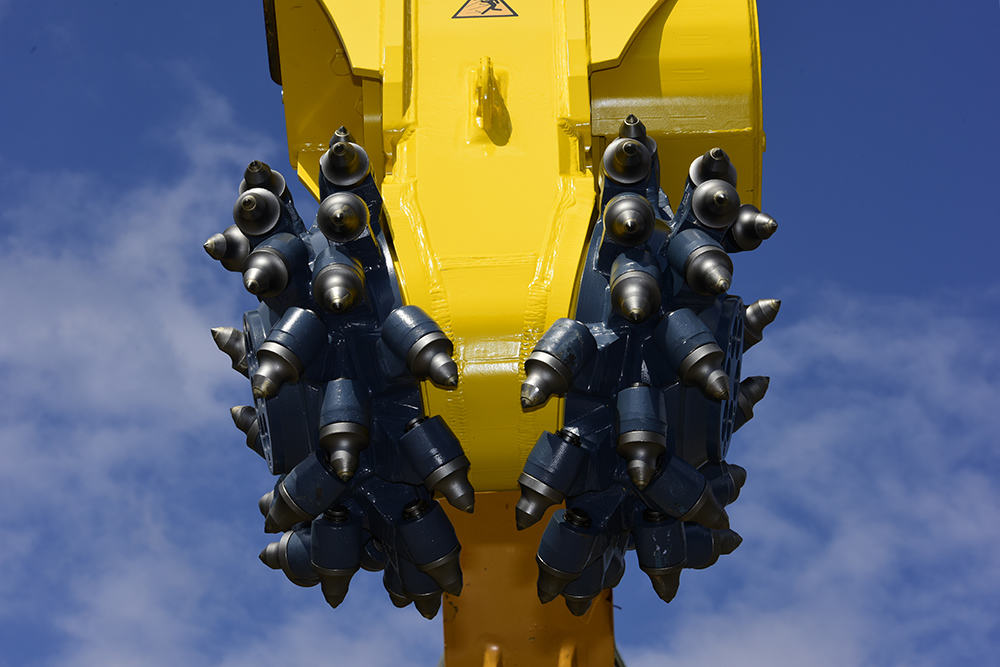

High capacity haulage from Bell
This new generation machine features a 4x4 driveline and offers better productivity as it now has rear suspension. This helps improve travel speed over rough ground while also reducing material spillage from the dumpbody, which has a standard capacity of 25m3 although a 26m3 variant with a tailgate is available. The firm says that the suspension system is similar to the design used on the firm’s 55tonne class machine, featuring a Kessler axle and two suspension struts. An anti-slip system and traction control also help improve performance on rough ground, while reducing wheel slip and tyre wear.
The new dumpbody design offers a payload of 41tonnes, pitching it against 45-50tonne capacity class rigid trucks, while this machine has the advantage of the 4x4 drive system. With all-wheel-drive, the B45E is better able to cope with the steep ramp hauls often seen on European quarry sites than comparable rigid dump trucks with only rear wheel drive.
Power comes from the same emissions compliant, 390kW Mercedes diesel as used in the six-wheel-drive version of the B45, with the key differences being the rear chassis and dumpbody design.
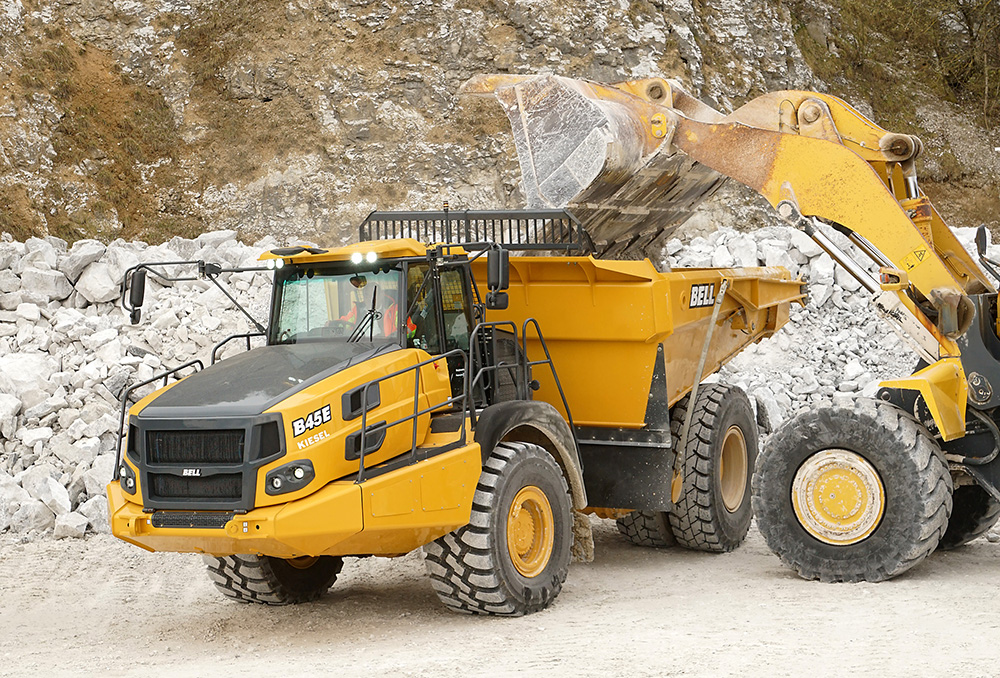

Bay of Plenty turns costly
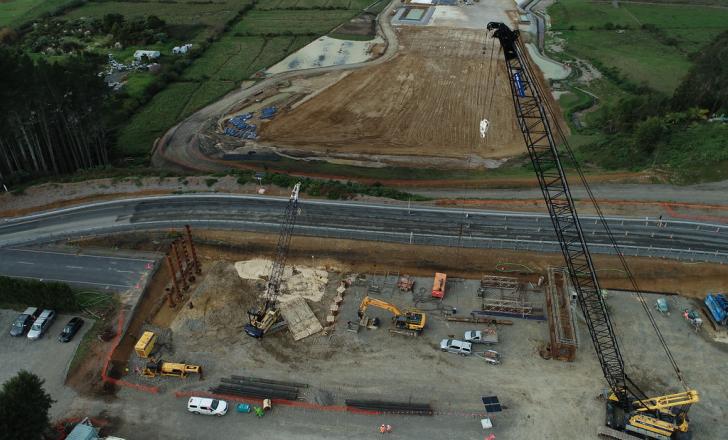
Burkina Faso improves Ouahigouya connection

Fuel alternatives for the future

New road in Slovakia
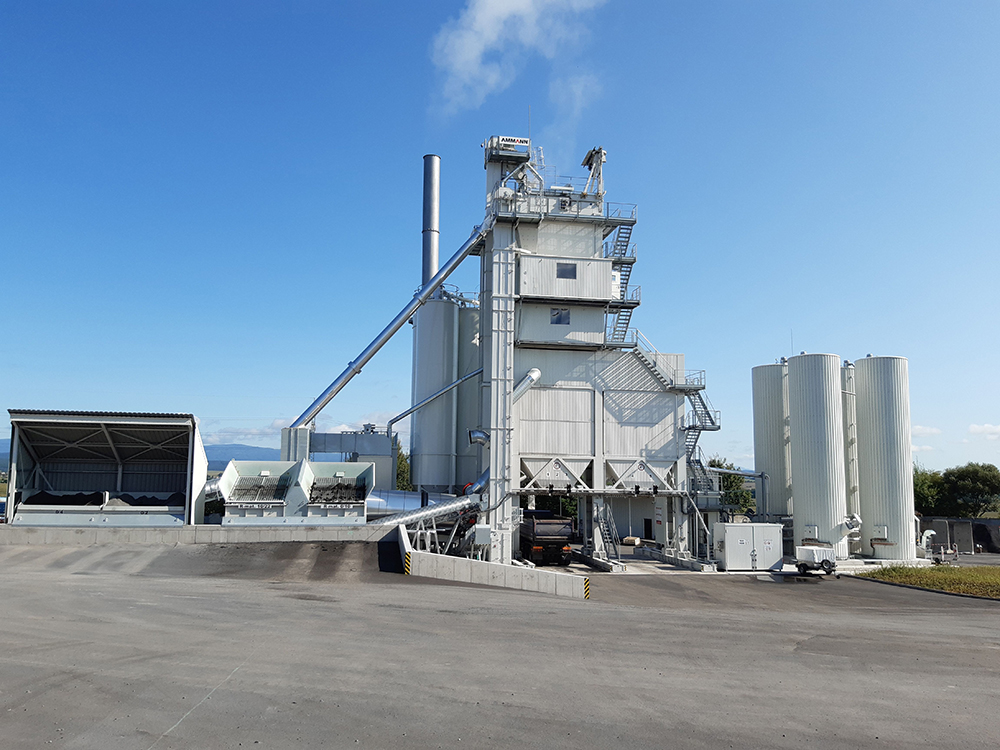
CDE: recycling makes increasing sense
A decade ago, companies were coming to Northern Ireland-based CDE talking about natural sand and gravel and the washing machines needed to clean it. Today, says the company, around 60% of clients approach it asking about recycling solutions – a shift largely due to legislation.
“The goal is to produce aggregate that can be used for construction. The UK has been using this for more than 20 years; in central Europe, it’s now starting. We have some plants already installed in Austria, Germany, and Scandinavia,” said a company spokesman.
“The fact that natural resources may not always be available means that it clearly makes sense to re-use what people call ‘waste material’ – which it isn’t, because it can be used indefinitely for the construction industry.”
Tests have shown that recycled materials have the same performance, strength and character as their virgin equivalents, but it is important that the public is educated to understand this, the spokesman added. “The processing facilities that we produce are very much for that purpose. They produce a similar quality to natural materials.”
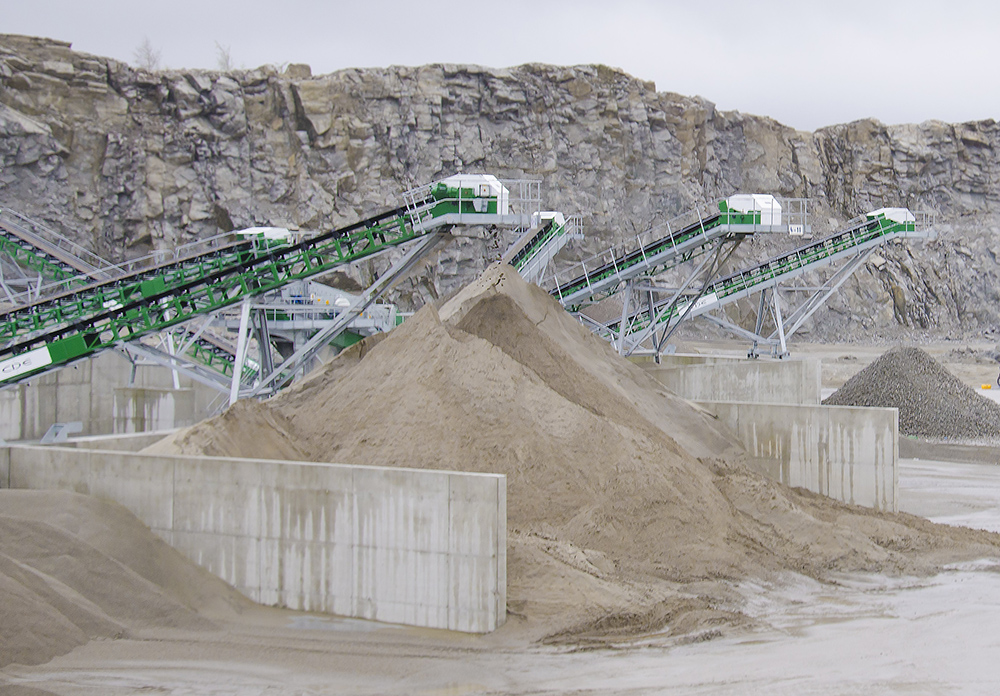

BOMAG offers new smart line single drum rollers
High-torque drives and high gradeability allow operation on difficult terrain. Smooth and padfoot variants are offered. The padfoot models have been designed for compaction work on cohesive soils, featuring special profiles that penetrate deeply into the ground.
A simple operating concept, comfortable seating position and good view of the site allow ease of operation. The company claims that its Smart Line single drum rollers provide compaction power in a range of applications, as well as being reliable, versatile, easy to operate and extremely robust. Maintenance is said to be straightforward with grouped service points that are easy to access. The units can operate in temperatures up to 50°C and feature effective braking, with multiple discs in the front drum. A special feature is the ability to interface with the Bomap app for tablets and smart phones.
These machines are available in Tier 2 versions as well as Tier 3 and Tier 4 Final/Stage V compliant variants, depending on local market requirements.
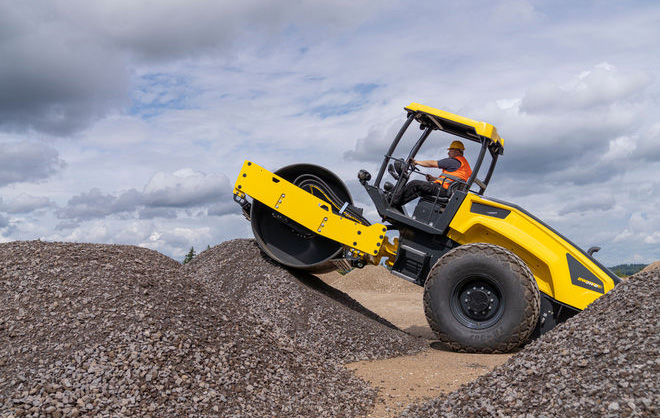

Adaptable wheeled excavator
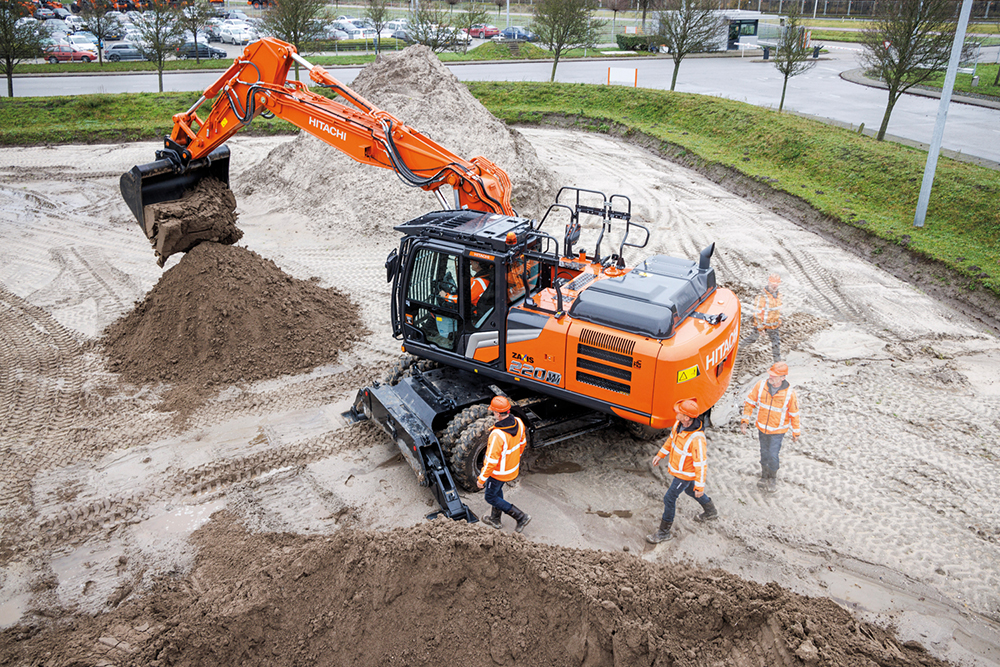
Digital initiative for roads and bridges in Texas

Sydney buses to collect road data
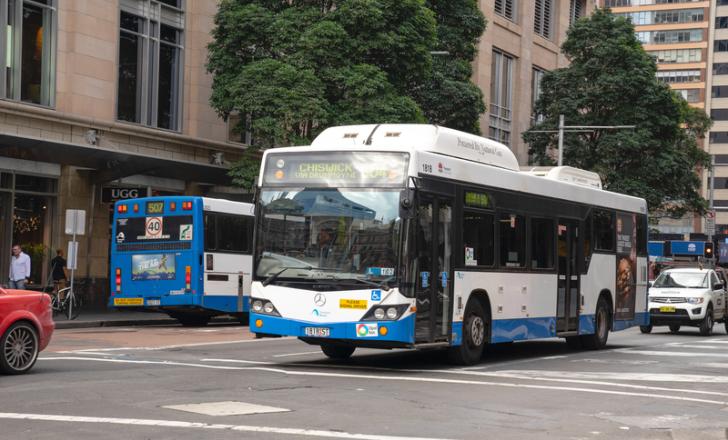
Cowi wins Massey Tunnel design

Accurate asphalt compaction
